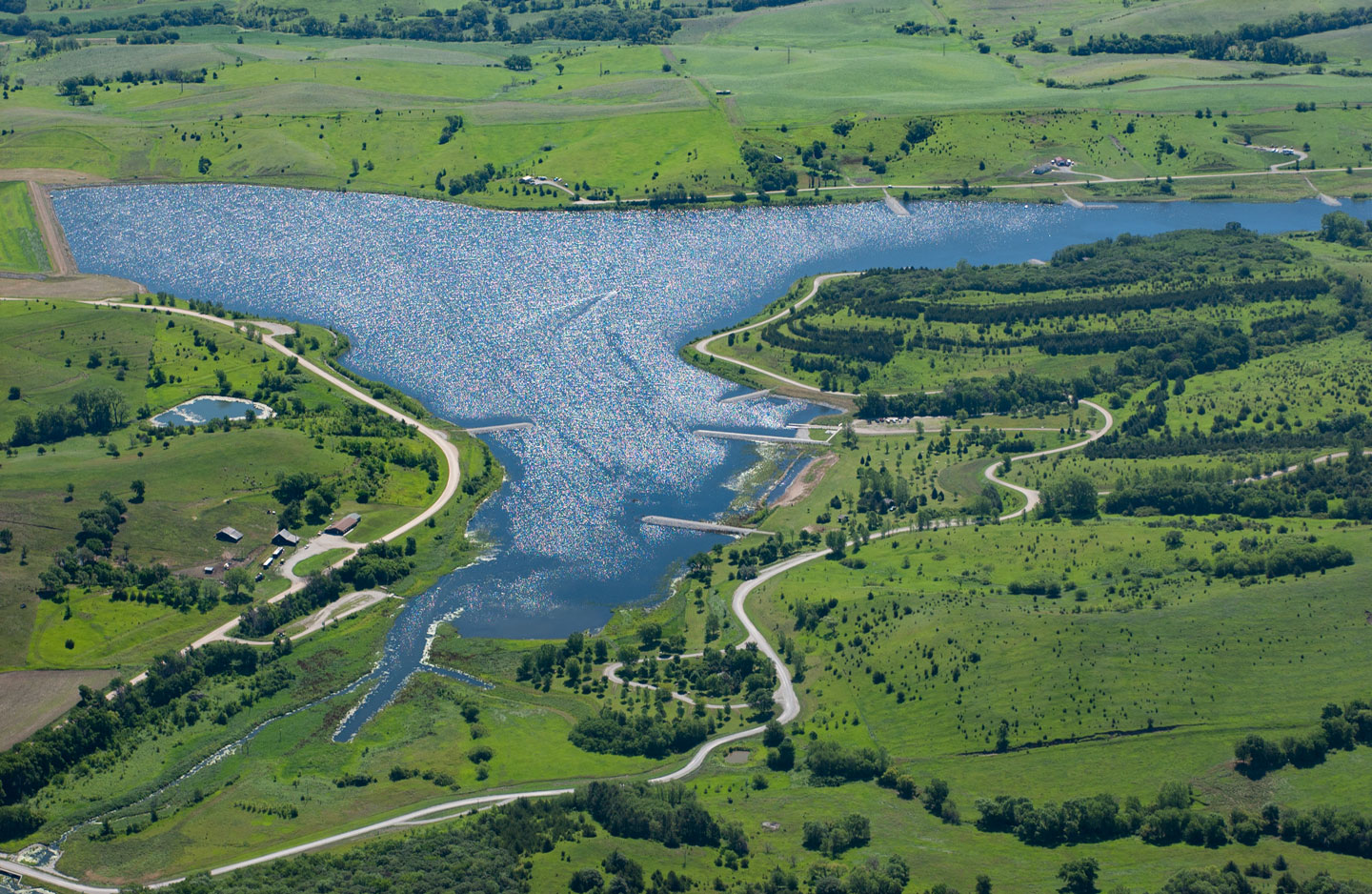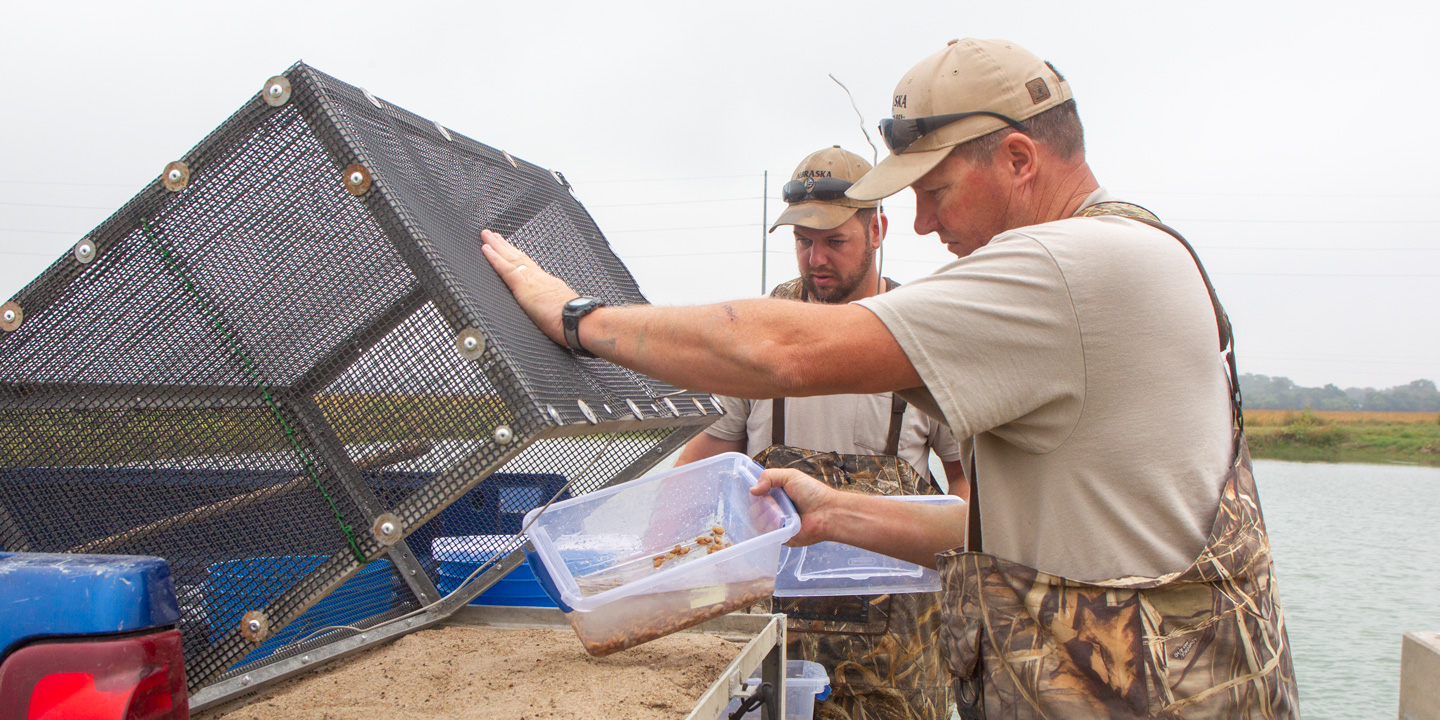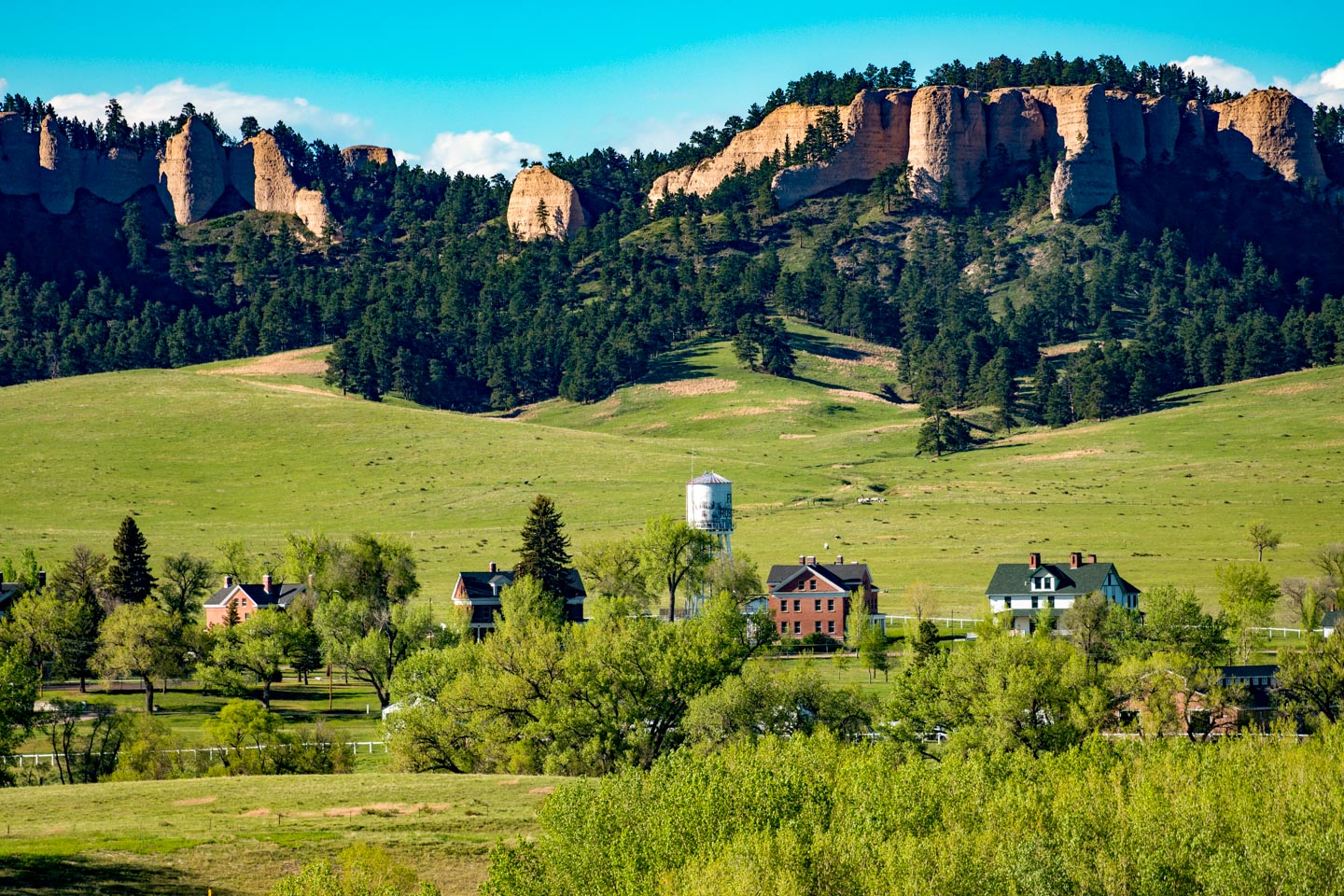Fort Robinson Aquatic Habitat Project
Why we did it
Completed in spring of 2020, this project revamped Fort Robinson State Park’s ponds. The first of two phases in the $2.8 million renovation focused on the Grabel Ponds, Cherry Creek Ponds and Ice House Ponds, added fishing piers and ramps for launching kayaks and canoes. It also deepened certain ponds and updated fish habitat and water control structures while developing access points for anglers.
The sale of Aquatic Habitat stamps, matched by federal Sport Fish Restoration Program money and grants from many sources, including the Nebraska Environmental Trust funded the project. Fisheries biologist Joe Rydell played a vital role in planning and executing Fort Robinson’s renovation projects. The Nebraska Game and Parks Northwest District fisheries team worked to get additional stockings of trout, smallmouth bass and bluegill into the water after construction was completed.
How we did it
The four Grabel Ponds became three with the joining of the two southernmost reservoirs joined by a riprap-lined channel. The south and middle ponds were deepened and stocked with rainbow and tiger trout. A handicapped-accessible covered pier and concrete canoe-kayak launch were added to the south pond, and access pads and a canoe-kayak launch were added to the middle pond.
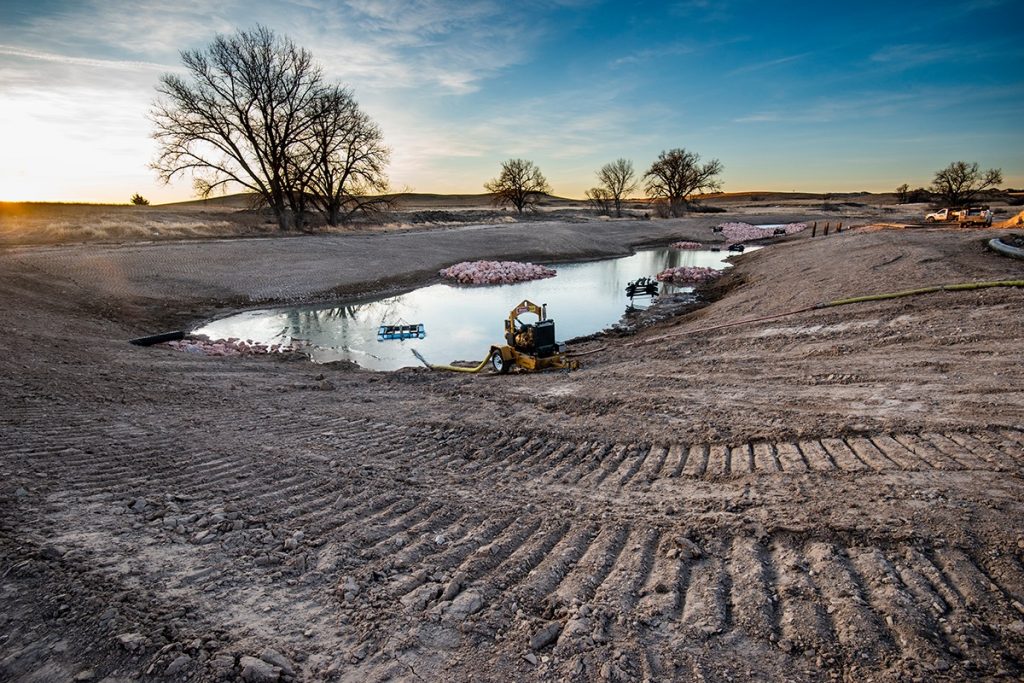
A mix of warmwater and coldwater bodies, the three Ice House Ponds did not require any excavations during the renovations. The North Pond received three angler access pads and a canoe-kayak launch.
The Cherry Creek system, which consists of Cherry Creek Pond and Cherry Creek Diversion, was drained and renovated during the project. Cherry Creek Pond received a new boardwalk pier and two canoe-kayak launches. The goal of the pond’s renovation is to establish a smallmouth bass, yellow perch and bluegill population along with channel catfish and black crappies. The diversion is already being managed for trout.
Benefits from these changes
The result was a fishery stocked with populations best suited to the area’s habitat and usage, with both coldwater and warmwater species within a short walk of each other. Fort Robinson’s ponds contain trout, largemouth and smallmouth bass, rock bass, bluegills, channel catfish, crappies and yellow perch.
Just as importantly, there is now better access for visitors to enjoy the fishery. Instead of battling steep banks and thick vegetation, anglers can now fish from wooden piers and access pads.
The second phase of the Fort Robinson project plans to include draining and improving Carter P. Johnson Reservoir and turning Crazy Horse Pond, already a scenic spot, into a prime destination for the park’s anglers.
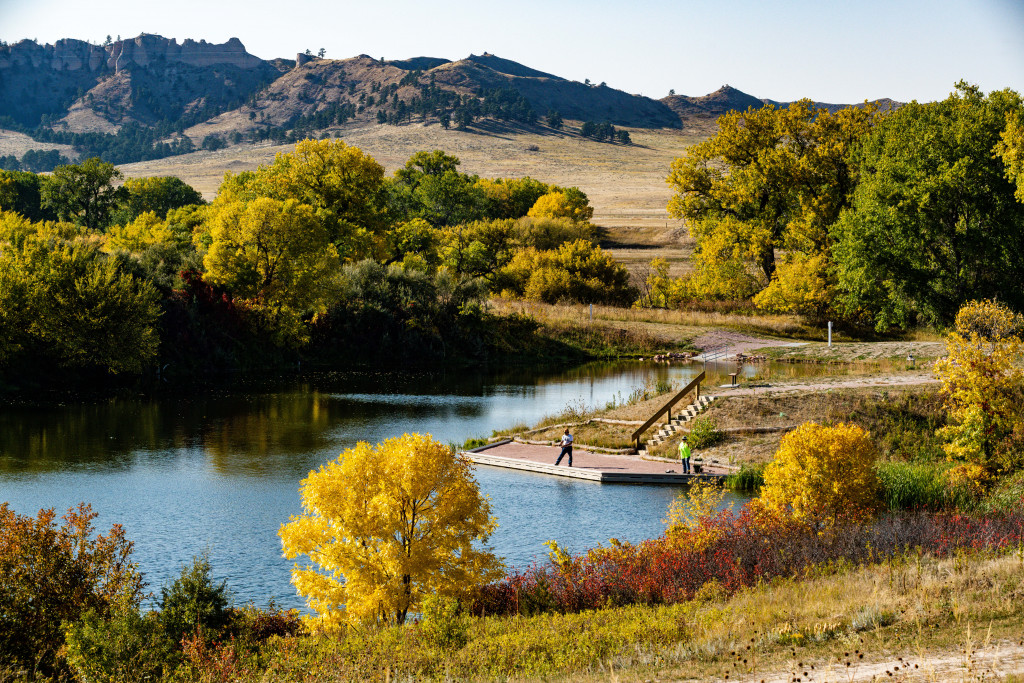
Project partners
- Sport Fish Restoration Program
- Nebraska Environmental Trust
- Nebraska Game and Parks Commission Parks Division
The Aquatic Habitat Program
The Aquatic Habitat Program was created in 1997 and was the first program of its kind in the nation. Since then hundreds of waterbodies across the state — everything from lakes to streams to rivers to ponds — have been renovated, improving aquatic life and water quality for Nebraskans.

